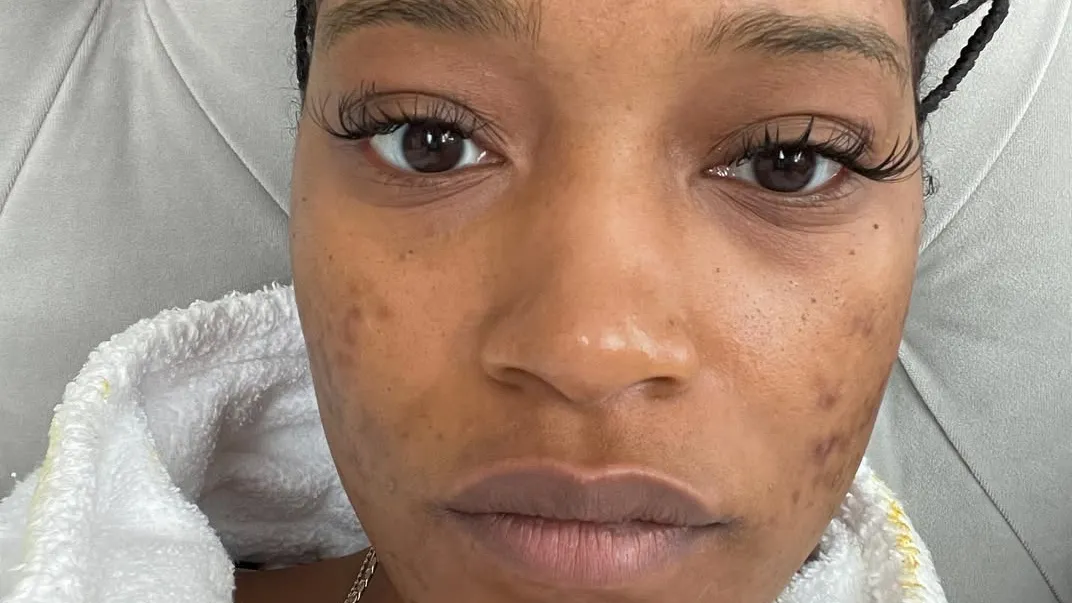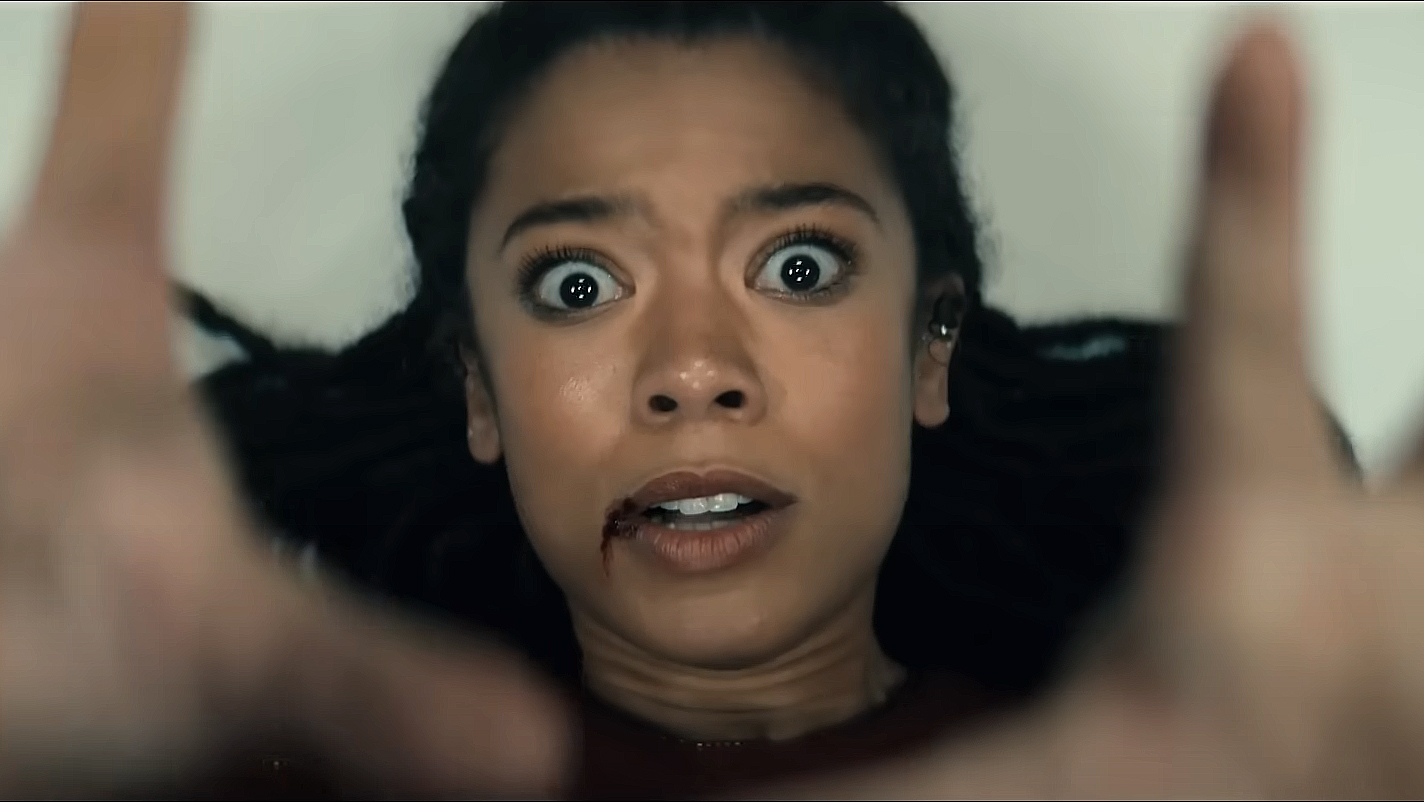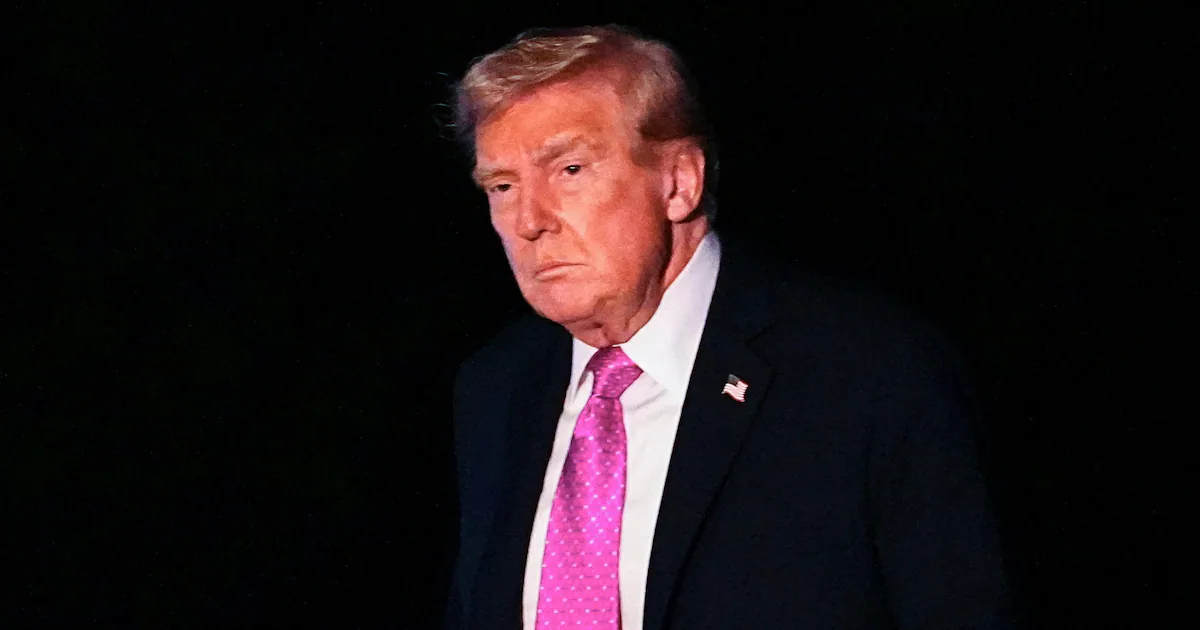By Devrupa Rakshit
Copyright vogue

In recent years, our feeds have made room for blemishes. There are now glowy, close-up portraits of acne with pimple patches, captions about self-love and hashtags like #freethepimple and #acneisbeautiful. It’s a welcome shift from decades of poreless, airbrushed campaigns. But when the most visible version of ‘real skin’ still comes with soft lighting, strong jawlines and the promise of clear skin around the corner, it raises a harder question: whose acne is considered acceptable to look at—and whose still makes us look away?
Because in a culture that rewards what photographs well, even the most well-meaning movements can end up filtering out the realities they were built to include.
Acne positivity began as a necessary rebellion against shame. Research shows strong links between acne and mental health, especially depression and anxiety. And for many, seeing textured, blemished skin online was the first time they felt seen themselves. “Normalising acne is a good thing,” says a 33-year-old man who has dealt with adult acne for over a decade. “My mother nearly got me killed with unnecessary liver and kidney meds while trying to ‘fix’ my face. There’s a real cost to that pressure.”
But as the movement grew more visible, it also became more aesthetic. A single blemish on otherwise flawless skin, a bare-faced selfie in golden-hour light: these images perform well, not just emotionally, but also algorithmically. That’s not a fault of the creators; it’s often the system within which we all operate. Platforms reward palatable struggle over unfiltered pain.
“There’s a lot of pretence when people say, ‘Be acne positive!’” says Shreya, 34, who has lived with cystic acne since her teens. “They mean well, but they haven’t had to live with it through every school trip, every interview, every group photo. The person with good skin and one pimple telling me to embrace my inner beauty—sorry, but no. It doesn’t land.”
When visibility is limited to what’s easy to consume, the message can feel staged. Especially for people whose acne isn’t occasional, symmetrical or brief, but painful, unpredictable and tied to deeper health issues. The version of acne positivity that thrives online often doesn’t accommodate people who cancel plans during flare-ups, avoid mirrors or brace for unsolicited advice each time they step outside.
Even well-intentioned content can reinforce that gap. “Before and after” acne journeys often imply a tidy arc of healing, but many people don’t get an after. For them, acne isn’t a phase. It’s a chronic condition. The idea that you have to be either confident or cured leaves little room for everything in between.
Of course, acne positivity was never meant to glamorise acne. At its best, it offered people permission to be seen in their full, imperfect skin. But when the dominant images remained aspirational—if slightly more textured—it started to replicate the same hierarchy of who gets to be visible, with the glow up becoming a requirement.
Not everyone fits that aesthetic, and some creators are pushing back against this flattening of acne narratives. For Priyanka Ghosh—a beauty content creator with almost 600,000 followers—acne positivity isn’t about romanticising the bumps in aesthetic lighting, but about refusing to let them define her. “I started having acne when I was 13; I’m 33 today, l still get acne every month, around my periods. It has this way of making you feel less wanted, less beautiful, sometimes even less you… A person who suffers from acne tries every fix, every product, every routine, every dermat, every diet. I know because I’ve been there.”
Ghosh lives with PCOS, a chronic condition that contributes to her acne flare-ups. For her, showing her acne is also a way to remind others that they’re not alone in their pain. “I’ve always made a conscious choice to show my bare face without concealer or filters, and talk about my acne issues repeatedly, so people can see that even with access to the best skincare, acne doesn’t always disappear,” she says.
Another tension the movement doesn’t always account for is emotional ambivalence. “You’re either radically accepting of your acne or you’re vain,” Shreya adds. “There’s no space to say, ‘I’m tired of this. I want clear skin. And I also want to be seen as I am.’” But skin is complicated. So is healing. The pressure to either glow through it or fix it quietly recreates the same old dichotomy—just dressed up in inclusive language.
Acne positivity is still valuable. For many, it offers visibility they never had before. But real visibility has to make space for contradiction; for the bad skin days and the good, for the flare-ups that linger and the feelings that don’t resolve on cue.
What matters isn’t how acne looks in the frame but whether the person behind it still gets to belong.
I gave up looking in the mirror for 30 days–here’s what happened
From forest rituals to skincare labs, the mahua tree’s renaissance is here
From salmon sperm facials to serums, PDRN skincare is beauty’s new fixation



